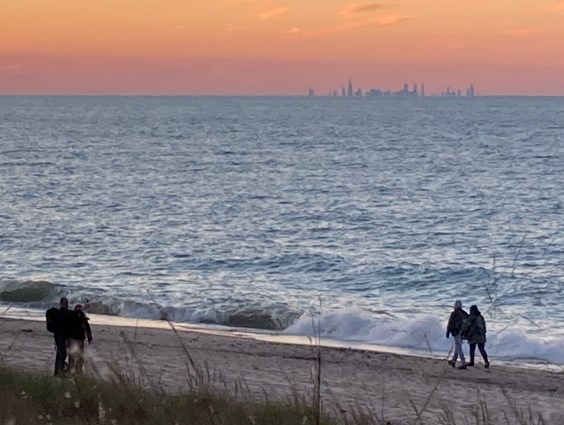FiveThirtyEight went viral in our circles earlier this month, with a post titled "Bike Lanes Don’t Cause Traffic Jams If You’re Smart About Where You Build Them." Our colleagues and friends, people who love to ride bikes and want to make cities more bikeable, sent this article zooming around the tightly-wound corner of the internet that is all about #bikes. The post had a much-welcomed conclusion, backed by data, charts, and statistical tests: Bike lanes have a negligible effect on congestion. Streetsblog noted the implication that complete streets need not be a zero-sum game, while arguing that bike lanes should be measured by safety, connectedness, and other measures beyond congestion.
But even if you wanted to look at how these bike lanes affected congestion levels, the FiveThirtyEight analysis emphasizes the wrong measure. The article primarily uses a volume-to-capacity ratio (V/C), the number of cars that go by a certain point on a road counted against that road’s theoretical capacity. But counting how many cars go by doesn't measure congestion. To see why, think about a street with an intense traffic jam. In stop-and-go traffic, only a few cars would pass by a traffic counter over say, five minutes. Then think about that same street late at night, when it's practically empty: The same low number of cars might pass by the same counter in a five-minute span. This makes it clear that congestion is really a measure of traffic density, not volume. Taken statistically, these counts of cars don't tell you anything about congestion.
We object to the V/C analysis, but we also think the data in the FiveThirtyEight article contains some important insights. Just before their main argument, the authors write:
[E]ach road seemed to have about the same traffic volume after its bike lane was installed. Running a statistical test... confirmed that there was no difference in [average daily traffic] before and after the installation of the bike lanes.
Hold on. This is an incredibly powerful statement: These roadways were able to move the same number of cars and provide space for people on bikes. Reducing a roadway by one lane and achieving the same volume of cars means you’re doing more with less, not that the roadway is necessarily experiencing congestion. The authors reinforce this point later with an example from New York City, which directly measured travel times before and after the addition of bike lanes, and found that travel times didn’t change. Again, hold up -- there was no change in travel time! This is what really matters when you talk about congestion.
What happened? Did some people switch from biking and driving? Did they make fewer trips during congested peak hours and more during the off-peak? Did some drivers switch routes? Focusing narrowly on statistical tests distracts from the true story of how places and people change as city infrastructure changes.
Talk to anyone who is in charge of planning and implementing bike lanes, and they’ll tell you that they search for streets with extra capacity so they can be redesigned to also accommodate a safe place for bicycling. Whether or not the addition of bike lanes results in congestion is something that is asked proactively in advance, and it seems silly to do statistical tests to confirm that the planners succeeded.
Riding a bike is simple, but transportation systems and the people that travel through them are complex. People are motivated in various ways for living, working, and getting around in the ways that we do, and congestion is just one factor among many. Data on all of this can be hard to come by, and in particular there has been too little data and rigorous analysis about people on bikes. So we welcome FiveThirtyEight’s entry into the conversation. And we hope future posts will grapple more seriously with the complex workings of both streets and people.
Thank you to FiveThirtyEight for publishing our original letter in full and responding.
Herbie Huff is a researcher at the UCLA Institute of Transportation Studies and Madeline Brozen is the program manager of the UCLA Luskin School of Public Affairs Complete Streets Initiative. They both live in Los Angeles where they ride #bikes to get around.





